In either case, drop to the bottom of the blog and click the summit image and register for the summit or click here if you can’t wait. Stephanie will be here to discuss speculative fiction, Afrofuturism, and diverse literature. Stay tuned for more spotlights on other presenters.
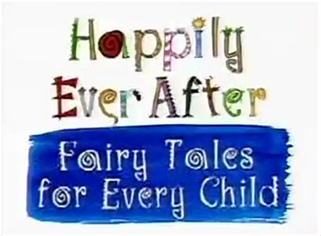
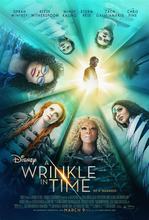
When Meg and her crew finally come into contact with the human-like inhabitants of Camazotz and their ruler, IT, their sense of individuality and purpose is challenged. On the planet, IT has created a world where people have "given up" their individuality, and they are physically punished for having individual desires and wants. He tells the children that Camazotz is a place with one mind (his), where there is no war, unhappiness, or confusion because people are no longer separate, individual people. His argument is that difference has been replaced by complete sameness, so his world is more peaceful than Earth. Meg, however, shows that maintaining individuality is essential to survival.
In the real world, various people from both sides of the political fence agree with IT, believing that if we could all just be the same and become one with the melting pot, then all the world's problems would be over. This results in leniency towards colorblindness, which is counterproductive, and towards assimilation, which erases and destroys people's histories. From this logic, Black girls are consistently told that they should try to be the same as or better than their white peers. If not, they may be punished, just like people in Camazotz (ask Dejerria Becton, Niya Kenny, and Shakara). To ensure conformity, Black girls are named Sarah instead of Quvenzhané for fear of being ostracized and misnamed by their teachers. They are told to speak properly, to dress in certain ways, and to wear their hair in certain styles (literally, Black girls are constantly suspended for their hair). They are told to be less angry, less emotional, and less loud. They are told to diminish all traits that don't mirror dominant norms to ensure that their individuality is minimized and their existence is easier to digest.
SO - How can we validate our Black girls’ individuality? How do consistently uplift them and attend to their needs?
By the end of the novel, Meg is tired. Particularly, when she is told that she is the only one who can save her brother from IT, she feels as though the weight of the task will be too great. She doesn't believe that she will be able to defeat the darkness, save her brother, or save herself. However, her three guardians give her a gift that the oppressor doesn't have - love. Anger helped her to save her father, but love will help her to save herself. She had the love of her family, and she had the love of her friends, but most importantly, she had her love for them and her love for herself. Thus, Meg was never alone because the love enabled her to fight against the darkness and ultimately win.
Black girls in society are constantly told they are not worthy of love. This may or may not be outwardly said, but societal actions are loud enough. As previously mentioned, everything about them, from their hair to their skin to their speech is positioned as lacking. They experience persistent media representations of themselves that tell them they are unintelligent, angry, greedy, lascivious, and ghetto. They also see #BlackGirlMagic and positive representations, but, of course, those voices are often silenced or villainized in popular discourse. However, compassion from others, for others, and for the self is important to help Black girls thrive against the oppressive forces that wish to steal their joy and take their magic and power. They need love in order to fight against the outer and inner forces that consistently work to beat them down so they can ultimately win in a society hell-bent on their failure.
SO - What could happen if we truly loved our Black girls? What would that look like?
No matter what life circumstance or villainous entity came her way, Meg maintained hope. For example, her father had been missing for years, but she still believed that he was out there trying to come back to her. She had never heard of the three Mrs. other than the random early encounters with Charles Wallace, yet she follows them through the universe because she believed that they could take her to her father. In fact, her father tells her that he almost gives in to IT, but it was Meg’s rescue effort that returned his hope and faith. Basically, with each event, Meg had to maintain hope in order to survive.
Hope is what keeps many people going when things go wrong. It is the underlying motivational tool that helps people to keep working toward their objectives even when the attainment of the goal seems out of reach. It is the inherent motivational system that inspires us to see the myriad possibilities for change in the world. Many Black girls are in constant search of hope. They look to see themselves in sports, film, toys, novels, and so many other spaces. When you’re constantly erased, those representations provide hope that future existence is possible. They suggest that Black girls will not only endure, but that they will also thrive in whatever future endeavor they wish to pursue. Like Meg, Black girls need hope in order to survive.
SO - What can we do to assist Black girls in building and maintaining hope in a world that tells them they can’t win?
Ava Duvernay’s reimagining of A Wrinkle in Time is important because she inscribed racial difference into a story that was written without Black girls in mind, but it can’t stop there. It is our job to help foster this moment and turn it into a movement where our Black Girls consistently see the validation and love of their Black girlhood. More than likely, they are already in this fight, battling through fanfiction, memes, and Black girl joy, but it doesn’t mean that we shouldn’t ask them if they need some assistance. So, I ask, not what can we do, but what will we do to ensure that the moment survives?
She can be reached at: srtoliver@uga.edu
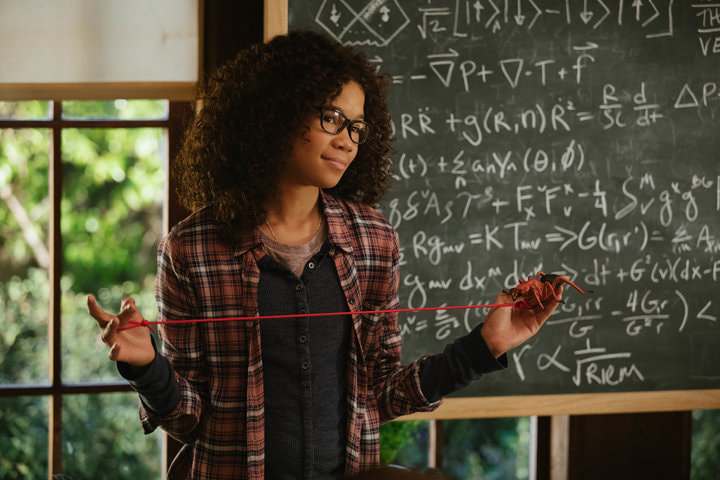
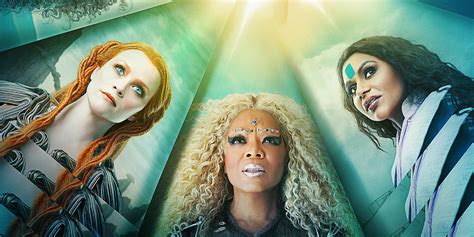
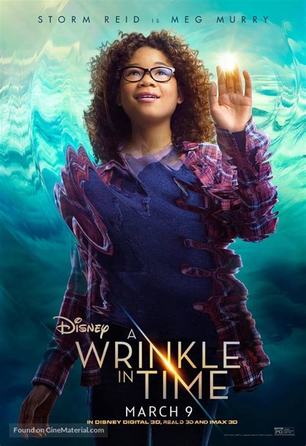
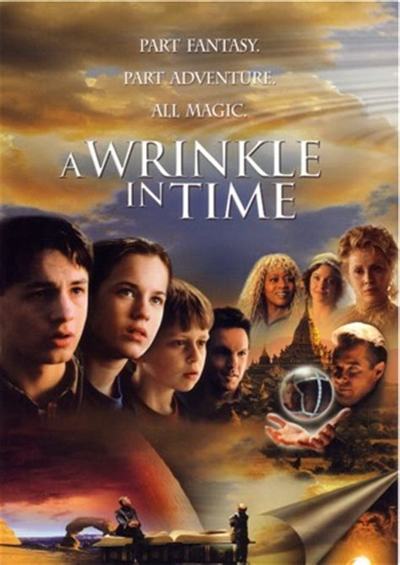
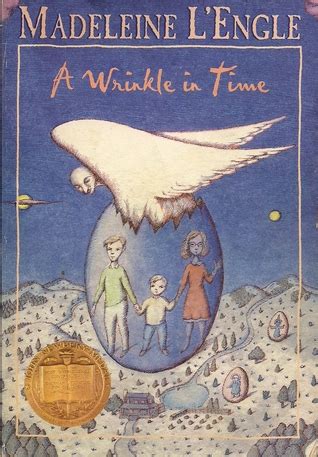
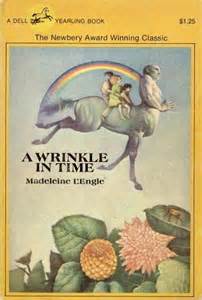
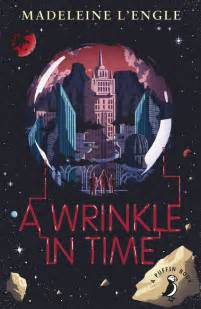
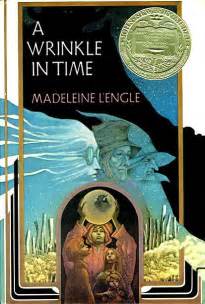
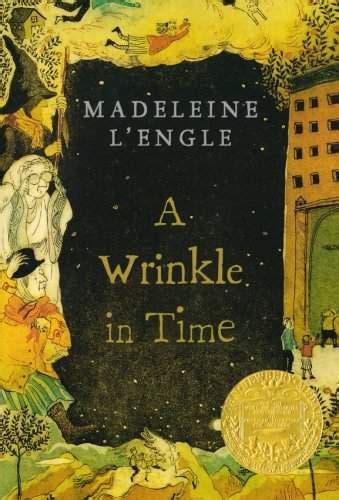

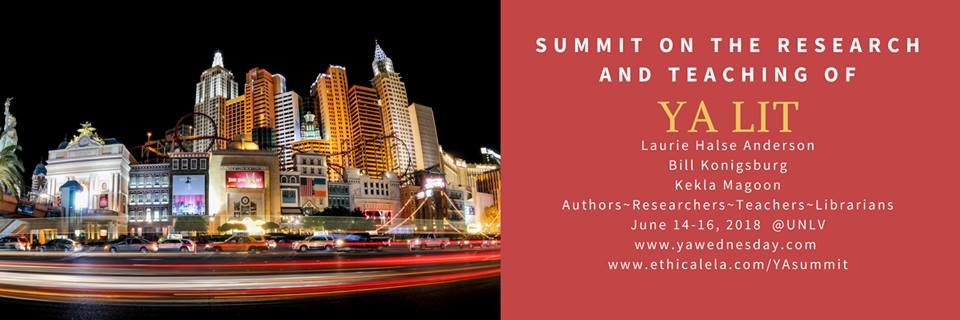

 RSS Feed
RSS Feed